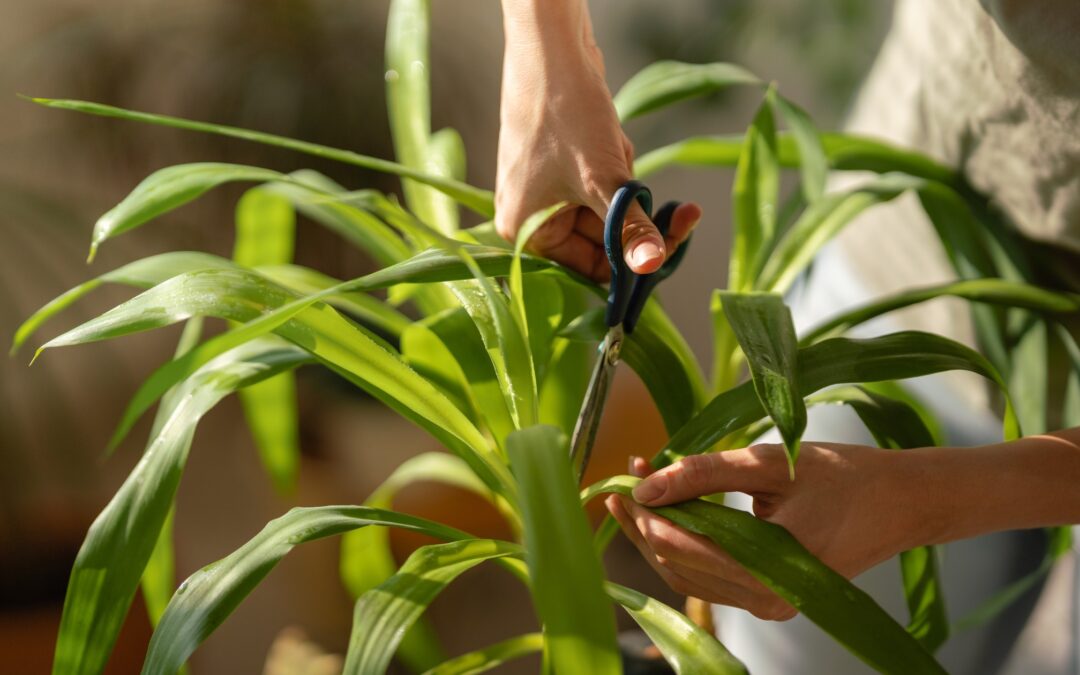Hey there, Austin-area gardeners! If you’ve got a shed—or you’re eyeing one from Affordable Portable Structures—you might be asking: “Should I insulate my garden shed?” With Texas weather swinging from scorching summers to surprise freezes, it’s a smart question. We’ve been building sheds for folks from Round Rock to Buda since 1984, and insulation’s a big debate. Let’s break down the pros and cons of choosing to insulate your garden shed, tailored to our Central Texas climate. Grab a sweet tea, and let’s dig in!
Pro #1: Temperature Control When You Insulate Your Garden Shed
Texas summers turn sheds into ovens—triple-digit heat makes tools untouchable. When you insulate your garden shed with fiberglass or foam, it keeps that heat out, especially with good ventilation. Winters flip the script; those rare Austin freezes can chill your shed to the bone. Insulation keeps it cozy, protecting plants and gear. A Cedar Park customer said their insulated shed was perfect for January potting, unlike their neighbor’s icy one.
Pro #2: Protect Gear by Insulating Your Garden Shed
Your shed holds more than rakes—think trimmers, chainsaws, or that vintage wheelbarrow. Texas humidity can rust metal and soak seeds, but when you insulate your garden shed with a vapor barrier, it curbs moisture. A Leander client said insulating their shed saved their tools from becoming a “humid mess.” If you store valuables, insulation’s a win.
Pro #3: Versatility When You Insulate Your Garden Shed
Want more than storage? Insulating your garden shed opens possibilities—a reading nook in Pflugerville or an art space in Dripping Springs. Add a heater or AC, and it’s comfy year-round. A Bastrop family insulated their shed for homeschooling, calling it a “game-changer.” Pre-made sheds can’t compete with that flexibility.
Con #1: Cost of Insulating Your Garden Shed
Let’s be honest—insulating your garden shed isn’t cheap. For an 8×10 shed, expect $200-$400 for materials like fiberglass ($1-2/sq ft) or spray foam ($3-5/sq ft), plus labor if you hire out. A Georgetown gardener skipped it, saying, “It’s just a shed, not a palace.” If you’re on a budget or it’s basic storage, this might sway you.
Con #2: Hassle to Insulate Your Garden Shed
Insulating your garden shed takes effort. Clear it out, measure walls, cut insulation, and seal it—add a vapor barrier to dodge mold. Retrofitting a pre-made shed? Tricky. Custom sheds from Affordable Portable Structures can be built insulation-ready, but adding it later means work. A San Marcos client spent a sweaty Saturday on it and “cursed the heat.” DIY skills matter here.
Con #3: Overheating Risk When You Insulate Your Garden Shed
Insulation traps heat, which can backfire in summer without vents or fans. Skip airflow, and your shed becomes a sauna—bad for plants or chemicals. A Hutto client’s fertilizer “cooked” in their insulated shed before they added vents. Plan ventilation if you insulate your garden shed, or the pros turn into cons.
Texas Weather: Does It Justify Insulating Your Garden Shed?
Central Texas is wild—humid springs, blazing summers, mild falls, and sneaky freezes. Insulating your garden shed shines in extremes, but if you’re in shaded Kyle or only use it seasonally, you might skip it. A Taylor gardener passed since they’re “only out there spring and fall.” Your spot and habits decide.
Should You Insulate Your Garden Shed?
So, should you insulate your garden shed? If you use it year-round, store pricey gear, or want a multi-use space, insulation’s worth it for Texas weather. But if it’s just a tool stash on a tight budget, skip it and crack a window. At Affordable Portable Structures, we can build it insulated or bare—your call. Free delivery within 30 miles of Austin means we’ve got Elgin to Lakeway covered. Chat with us about your shed plans!


Recent Comments